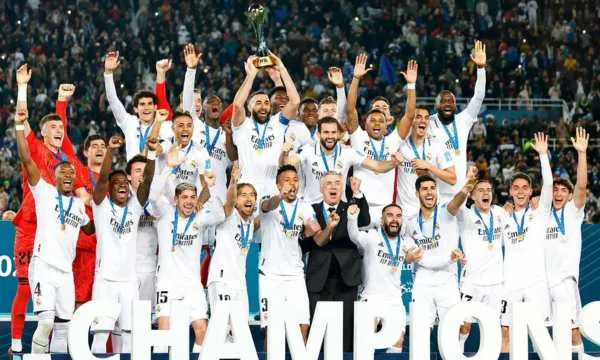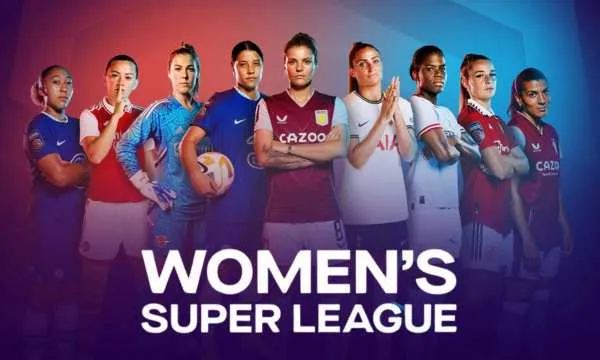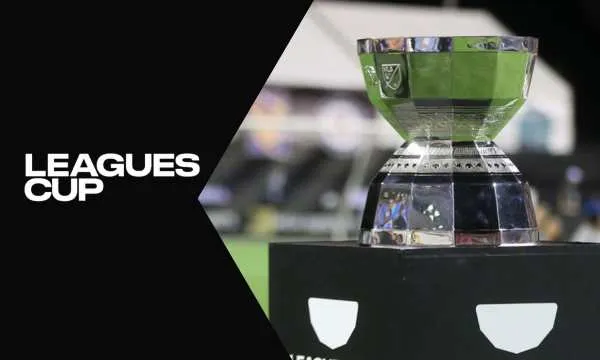Begin your journey into the Champions League today and explore how Europe’s elite clubs compete for ultimate football glory.
Anúncios
The tournament evolves every season and the current campaign brings fresh excitement with a new league phase.
We will connect rules with real examples and recent highlights to make everything easy to follow.
Along the way you will see how historic numbers meet new heroes on the pitch. By the end you will be ready to share smart insights with friends and enjoy the spectacle even more.
From the Draw to the Grand Final: Discover the Road to the Title
The road to the final begins long before the first whistle. For fans, understanding the steps adds meaning to each result and builds anticipation for what comes next.
Since 2024 25 the competition uses a league phase with 36 qualified teams instead of the old eight groups.
Each club plays eight opponents in an incomplete round robin and the single table ranks everyone by points then goal difference.
The top eight advance directly to the round of 16 while teams placed ninth to twenty fourth enter two legged play offs to fill the remaining spots.
From the round of 16 onward ties are two legs until a one match final at a neutral venue.
Substitution rules and disciplinary thresholds follow UEFA regulations with fair play in focus to protect player welfare.
The 2026 final is scheduled for Puskás Aréna in Budapest and UEFA has aligned a new earlier kick off to improve the fan experience.
In short the pathway is transparent from the draw to the trophy lift and that clarity helps clubs plan their season.
Fans can track progress with confidence and celebrate each milestone on the road to the grand final.
Meet the Giants on the Field and the Top Favorites
Every season presents a blend of traditional giants and rising contenders.
Clubs with the most Champions League titles include:
-
Real Madrid: 15
-
AC Milan: 7
-
Bayern München and Liverpool: 6 each
-
Barcelona: 5
-
Ajax: 4
-
Inter and Manchester United: 3 each
-
Juventus, Benfica, Porto, Chelsea and Nottingham Forest: 2 each
-
Celtic, Hamburg, București, Marseille, Borussia Dortmund, Feyenoord, PSV, Red Star Belgrade, Aston Villa, and Manchester City: 1 each
These tallies highlight the tournament’s historic balance between eras of dominance and breakthrough triumphs.
Top favorites often come from strong domestic leagues with deep squads and proven coaching.
In the current conversation Real Madrid, Manchester City, Bayern München and Paris Saint Germain remain prominent while clubs like Barcelona, Arsenal, Inter and Liverpool stay firmly in contention.
Form and fitness decide the margins and the new league phase offers more varied opposition that can test even the best.

Players Who Left Their Mark on the Champions League
The competition’s legend grows through players who redefine excellence. Figures like Cristiano Ronaldo and Lionel Messi set benchmarks for goals and game changing performances that raised standards for a generation.
Their consistency under pressure embodies the art of decisive moments at the highest level.
Midfield maestros such as Luka Modrić and Andrés Iniesta shaped matches with vision control and timing.
Defensive icons like Paolo Maldini and Sergio Ramos led back lines while contributing crucial goals on big nights.
Goalkeepers including Iker Casillas and Manuel Neuer safeguarded campaigns with leadership and reflexes.
A new wave continues the story with Erling Haaland, Kylian Mbappé and Vinícius Júnior delivering explosive attacks and headline moments.
Their performances connect modern data driven insights with classic virtues like movement finishing and resilience.
The result is a living history that keeps the stage vibrant for fans and future stars.
Hall of Champions: Records and Historic Moments in the Tournament
Records provide context and spark debate. Real Madrid holds the most European Cup and Champions League titles while Cristiano Ronaldo stands as the all time top scorer.
Lionel Messi follows closely and both define eras through goals creativity and leadership.
The fastest goal in the modern era belongs to Roy Makaay who scored for Bayern against Real Madrid in just over ten seconds.
The knockout stages have produced famous turnarounds that show how momentum can shift quickly across two legs.
Clubs also share records for high scoring wins that highlight the tournament’s attacking flair.
These milestones are signposts that help explain why the Champions League captivates global audiences.
They connect past and present so every match can echo with history and promise.
Fun Facts About the Champions League: Anthem, Trophy, and Traditions
The anthem blends lyrics in multiple languages and adapts Handel inspired motifs to create a memorable opening for each broadcast.
Players line up to its notes and the ceremony sets a stage that feels unique to midweek nights. The song’s familiar rise adds a shared sense of occasion for fans everywhere.
The trophy is often nicknamed Big Ears for its distinctive handles and the winners receive a replica while the original remains with UEFA.
Clubs that once met legacy thresholds earned the right to keep a version as a historical honor.
The starball design on the official match ball and branding has become a global symbol.
Matchday traditions include the champions patch for recent winners and sleeve stars for multiple triumphs.
Stadium light shows tifos and coordinated pre match displays create an atmosphere that travels well to host cities across Europe.
These touches make each meeting feel special and build memories for families and new fans.
Conclusion
You now have a complete view of how the competition works and why it resonates across generations.
With clear rules legendary figures and living traditions the tournament blends heritage with innovation for a compelling show.
Keep following the league phase and knockout rounds to spot trends and share your perspective with fellow fans.
FAQs
1. What changed with the new format?
The group stage became a single league phase with 36 teams each club plays eight opponents and rankings decide play off and knockout access.
2. How are ties decided in knockout rounds?
The away goals rule no longer applies and if teams are level after two legs extra time and then penalties decide the winner.
3. Who are the top scorers this season?
As of early October 2025 leaders include Kylian Mbappé and Harry Kane with strong tallies followed by Vinícius Júnior Erling Haaland and Antoine Griezmann among others.
4. Where is the next final?
The 2026 final is scheduled at Puskás Aréna in Budapest with an earlier evening kick off announced by UEFA.
5. What recent highlights should I know?
Qarabag’s perfect start drew headlines a dramatic Juventus versus Villarreal draw thrilled neutral fans and Newcastle United celebrated a landmark away win.


